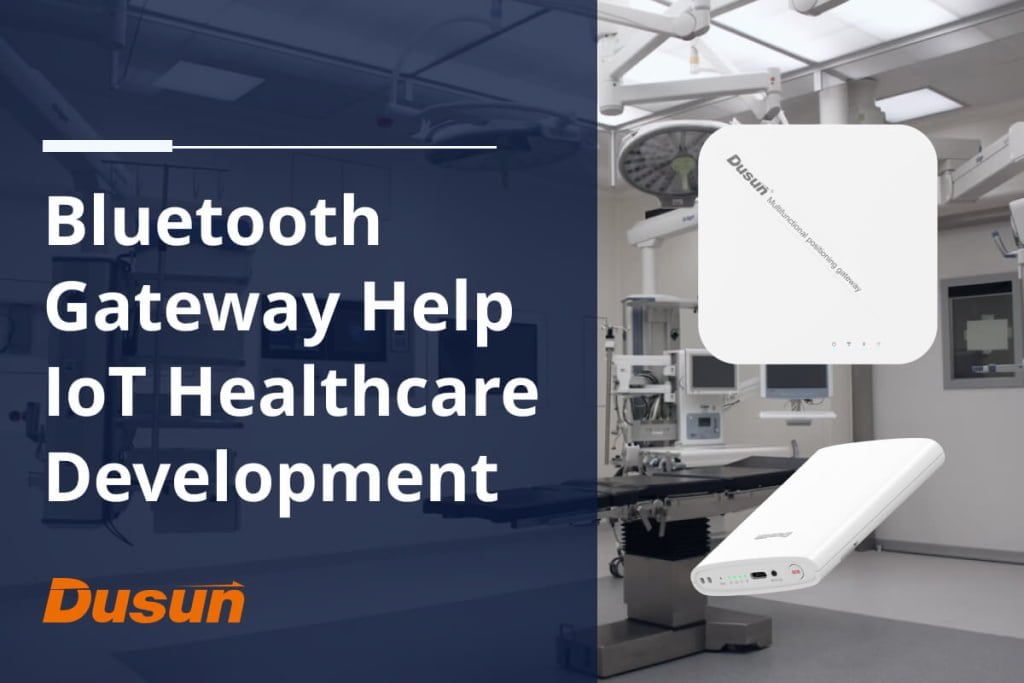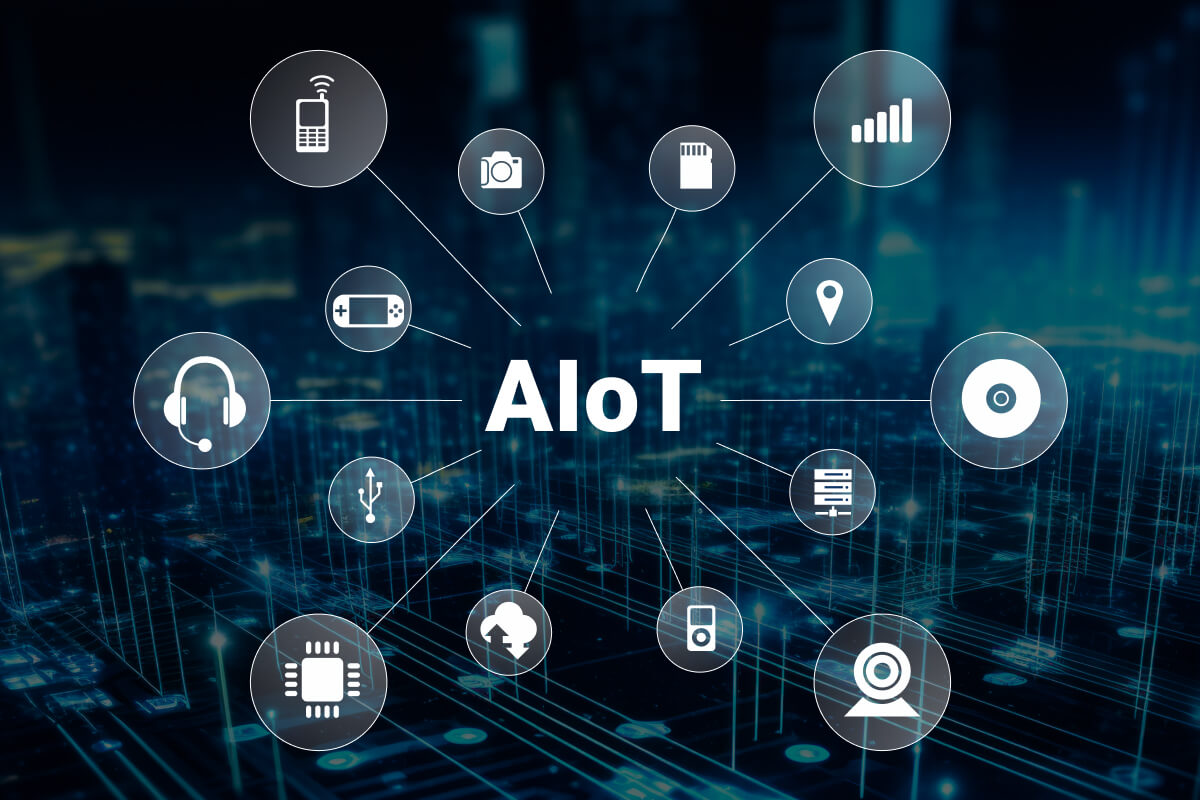Bluetooth Uses In IoT Healthcare
In Bluetooth SIG 2022 Market Update, healthcare has already been a popular application field in Bluetooth data transfer, location tracking and device network.
Data Transfer
For data transfer BLE devices, from remote patient monitoring wearables like Bluetooth-based pulse oximeter, to smart medicine monitoring (humidity and temperature), Bluetooth makes it easier for healthcare provider to provide quality care.
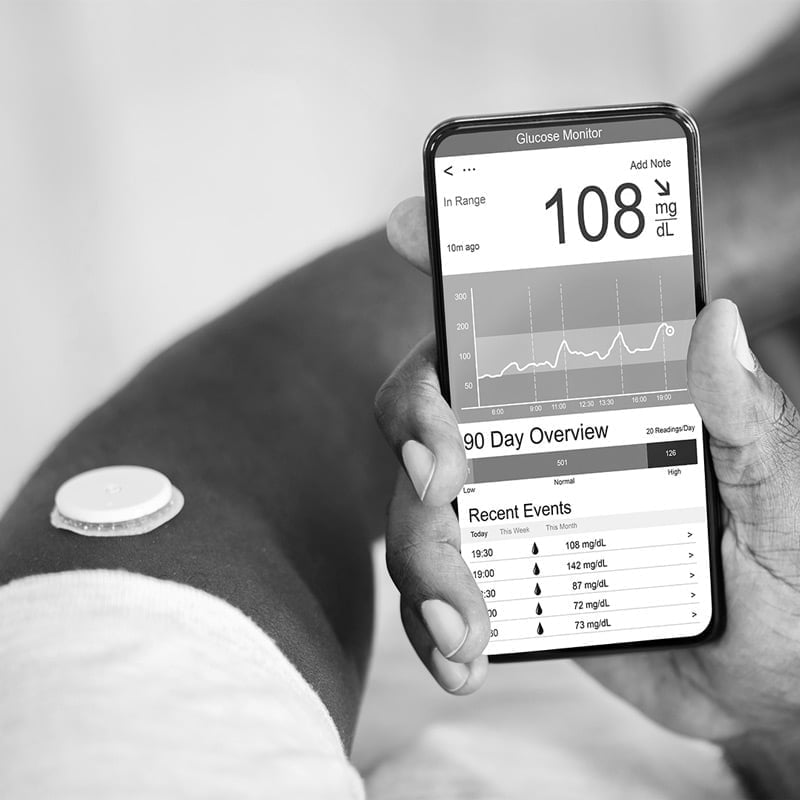
According to Bluetooth SIG 2022 market update, Bluetooth health and wellness wearables experience strong growth. Bluetooth fitness and wellness trackers will see 1.2x growth in the next five years, increasing from 87 million this year to 100 million annual shipments in 2026.
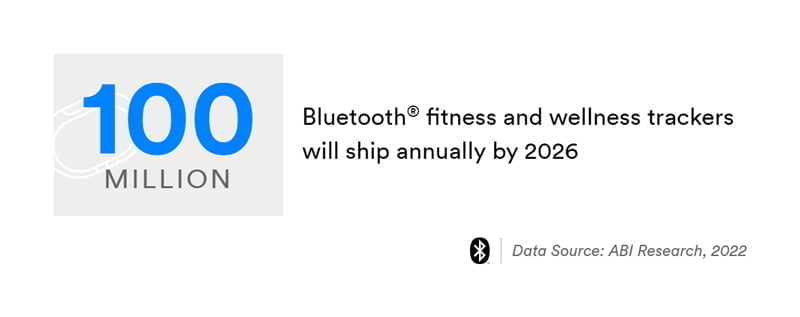
Location Tracking
Bluetooth location technology become more and more trending in RTLS field. Bluetooth RTLS can be used for hospital indoor navigation, personnel/patient tracking, worker safety access control, medical equipment asset tracking, workflow tracking and optimazition, and so on. According to the report, healthcare has accounted for 8% in the entire Bluetooth RTLS implemention. 25000 Bluetooth location services were implemented in healthcare in 2022.
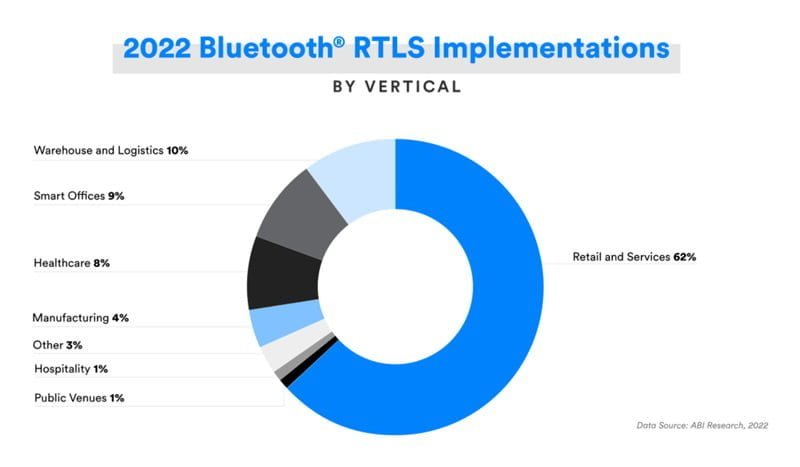
The report also shows that nearly 58% of medical equipment in hospitals go unutilized, and 10% of equipment expiring on hospital shelves. By using BLE beacon gateway and BLE devices, smart hospitals can help optimize equipment tracking and inventory control, improving operational efficiencies and minimizing waste.
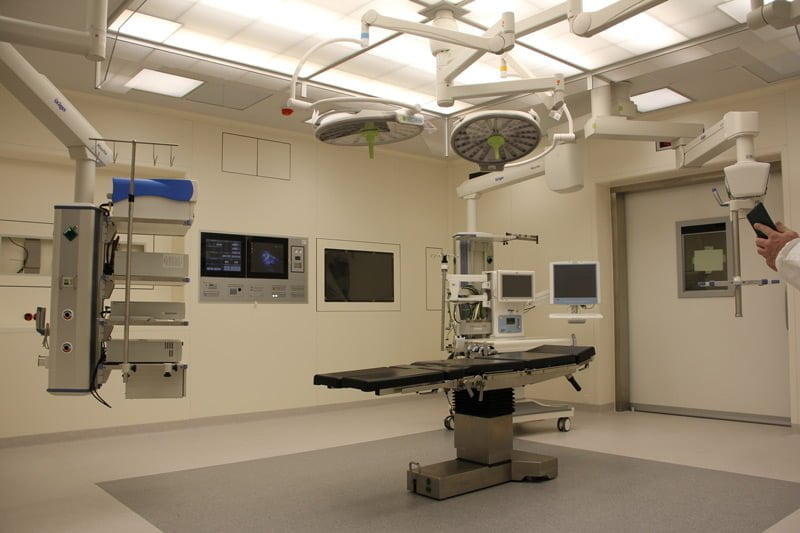
Device Network
Bluetooth mesh network can help connect tens, hundreds, or thousands of BLE devices within a network. In hospitals, each medical device is basically independent. Each device is equipped with its own peripherals such as printers and computers, which are also connected independently by different data lines. Therefore, reading medical equipment status, reconfiguring healthcare devices, making data management including sensor data, patient profiles, patient monitoring, secure access data, asset tracking, etc. are all separate systems for security reasons. With the help of Bluetooth mesh gateway and network, smart hospitals with a large amount of medical device data and a larger space range can deal with data transmission and management in an easier and quicker way. What’s more, smart hospitals can also use BLE mesh network to control entire building lighting. See how Bluetooth lighting control solution offered by Dusun IoT help smart hospitals make wireless BLE lighting.
From above data, you can see, healthcare is definitely one of the fields that has been boosting the revenue of IoT. Bluetooth-based devices have penetrated various sectors of the healthcare industry. Bluetooth gateway help connect these BLE devices to the server, so that smart hospital can implement remote vital sign monitoring, use IoT besed asset management and inventory control, and staff work flow tracking to improve efficiency. In the following paragraphs, Dusun IoT will show you more information. So let’s dive in, shall we?
Bluetooth 5 Application in IoT Healthcare
Before you know how bluetooth gateway and BLE devices help IoT healthcare, you’d better know which Bluetooth technology is prefered. Bluetooth 5.0 is the latest umbrella iteration of Bluetooth. It enjoys a wide variety of functionalities that can take the healthcare field to the next level.
Bluetooth 5 Data Transfer Speed
Bluetooth 5 transmission speeds range from 125kbps to 2Mbps, making it easier for hospital to transmit data from one point to the next within a short period of time. Since Bluetooth 5 offers speeds of up to 2Mbps, it can send sophisticated data from one point to the next easily. An increase in transmission range requires a reduction in data rate. The 125Kbps data transmission speed might be low in speed but effective in space range. Smart hospitals can use it to transmit some simple data over comparitively long range. For instance, most humidity sensors do not handle complicated data, and they can effectively transmit data at low speeds with a radius of about 240 meters.
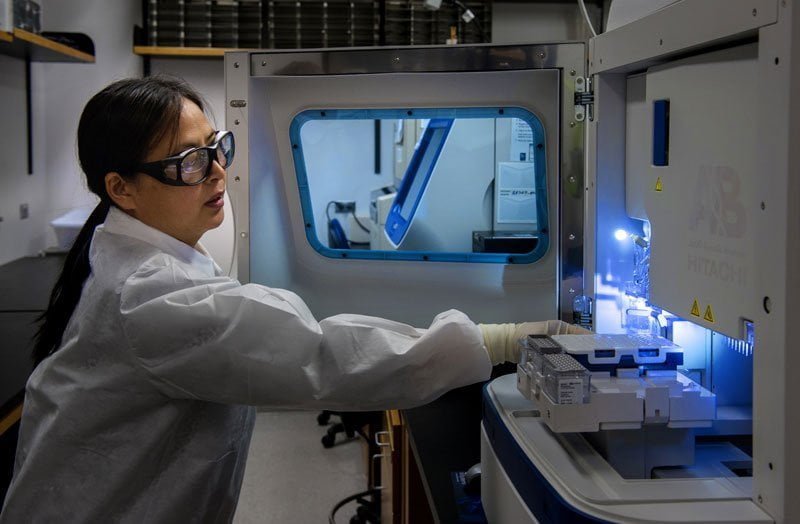
Bluetooth 5 Data Transfer Architecture in Smart Hospital
To help you understand how data is transferred in a hospital setup, we are going to take you through the Bluetooth data transfer architecture. First, you have to set up the BLE devices in the right location. If you are dealing with remote patient monitoring wearables, patients have to wear ithem as instructed by device manufacturers. Once the devices are set up in the right location, the wearables will gather the necessary data. Since raw data is always transmitted in an analog format, it has to be processed in a digital format. Afterward, it is transmitted to the IoT platform or the cloud for analysis. In this process, Bluetooth gateway plays a role like a IoT bridge to help data transfer to the platform/cloud.
Low Energy Consumption
Bluetooth Low Energy was integrated into Bluetooth 4.0, and got improvement in Bluetooth 5. Bluetooth 5 is compatible with low-powered devices and doesn’t require a lot of power to transmit data. BLE devices are designed to operate on low power and save energy. They can use around 15Ma when transmitting data. Not to mention, such devices are powered with batteries that last for a long period. As a result, most Bluetooth-based devices can function for a long period.
Bluetooth Low Energy Devices Uses in Smart Hospital
Bluetooth Low Energy devices are some of the most popular IoT devices. A Bluetooth Low Energy Device transmits data through 2.4GHz radio waves, minimizing excessive power consumption. To save energy while transmitting data from one device to another, a BLE device transmits small data packets. Such devices save power by activating the power-saving mode. Here Dusun IoT lists some other BLE device benefits:
Compatibility
While different Bluetooth devices might be manufactured by different companies, most Bluetooth devices are compatible with one another, making it easier for hospitals to use multiple Bluetooth devices.
Security
Thanks to the 128-bit AES algorithm, most Bluetooth-based devices are quite secure. The AES algorithm encrypts the data transmitted from one device to another.
Frequency Hopping
Designed to handle interferences, BLE devices feature a frequency hopping functionality to streamline various activities.
Bluetooth IoT Device Uses In Healthcare
Remote Patient Monitoring
Remote patient monitoring is a technology that monitors the health of patients who are outside hospitals. It is quite popular, and there are high chances that you might be wearing a smartwatch that tracks your health status through various applications.
With that said, patients who have underlying conditions can be discharged from hospitals, but they have to be constantly monitored by doctors. Remote health monitoring is one of the easiest ways to monitor patients. A blood pressure cuff is an example of a Bluetooth-based device that can be used to monitor the heart rate and blood pressure of various patients.
Apart from that, a Bluetooth-based pulse oximeter is quite effective in measuring the oxygen levels of patients who are in remote locations.
Other devices that can help you monitor the status of patients include glucometers and remote patient monitoring wearables. Glucometers can track patient’s sugar levels and update doctors. Remote patient monitoring wearables, on the other hand, are devices that can be easily worn on various parts of your body. Most remote patient monitoring wearables are designed to track everything, including heart rates and daily sleep levels.
Asset Tracking
Since most hospitals use expensive equipment to accomplish various tasks, medical teams usually track their equipment with Bluetooth tags to keep them secure. In some situations, getting hold of certain equipment can be quite challenging.
To track a piece of medical equipment, you have to attach a Bluetooth beacon to the equipment, and then configure it with a mobile app. Whenever you are in need of certain equipment, all you have to do is to log into the Bluetooth app and check where the equipment is located. By using Bluetooth beacon gateway technology, you can easily track equipment from a remote location to save time. Examples of equipment and tools that can be tracked with Bluetooth beacons include scanners, wheelchairs, and infusion pumps. Apart from that, Bluetooth beacons make it easier for you to analyze how tools are handled in a certain hospital, giving information that lets you know the locations that might be overcrowded with equipment.
Tracking Blood
The process of tagging, managing, and handling blood can be quite challenging. Since blood has to be stored in an environment with certain conditions, transporting blood work is very challenging. Nevertheless, with Bluetooth-based IoT devices, it becomes much easier to track the conditions of different environments to determine whether they are optimal for blood storage and transportation.
Some of the functionalities of Bluetooth-based devices include blood type identification, temperature checking, and GPS tracking.
Hospital Check-Ins
In the past, patients used to queue while checking into hospitals. Such queues made it hard for some patients to get immediate medical care. Not to mention, doctors used to find it challenging to handle long queues. Thanks to Bluetooth-based devices, the hospital staff will be notified when a patient enters a certain building to streamline check-ins and check-outs.
An example of a Bluetooth-based device that makes this possible is the Bluetooth LE-enabled wristband. A card can also help you check into a hospital without queuing for hours, speeding up the whole process to save your time.
Monitoring Medicines
Most medicines have to be stored in an optimal environment with the right storage conditions. When medicines are stored in an environment with harsh conditions, they might have a negative effect on the patients who might consume them. To prevent this from happening, the healthcare staff uses Bluetooth tags to monitor the humidity, temperature, and other conditions. Examples of such devices include Bluetooth LE humidity tags and temperature tags.
Once data is collected, it is transferred to the IoT platform for analysis. It is also worthwhile to note that Bluetooth devices transmit real-time data to IoT platforms, updating doctors and medical staff throughout the day. If the conditions go beyond certain measurements, the devices will alert the healthcare staff immediately, giving them enough time to handle the situation.
Tracking Ward Environmental Conditions
To make the hospital environment comfortable, the healthcare field relies on Bluetooth-based devices to track environmental conditions such as oxygen, temperature, and humidity levels. Such Bluetooth devices are equipped with sensors for measuring the environmental conditions of various rooms and wards.
The data that is collected by devices is usually transmitted to the IoT platforms, making it easier for doctors and other professionals to interpret it.
Doctors always analyze the data to determine whether certain wards and rooms are suitable for patients. With such information, it also becomes much easier to work on conditions that are below the threshold measurements.
Streamlining the WorkFlow of Doctors
On a normal day, a doctor can examine tons of patients. As a result, a doctor has to go through multiple files while examining patients. The whole process of examining files manually can be exhausting and tedious.
Due to Bluetooth IoT gateway transferring data to the cloud server from patients, doctors usually get access to a patient’s file automatically to save time. As a patient enters a room, the IoT platform recognizes the patient has entered a room and delivers the required files to the doctor.
Since most patients are not familiar with hospitals, they might have a hard time while trying to access certain wards, theatres, and rooms. However, with Bluetooth-based devices, it becomes easier to find various rooms since they are indicated in the IoT platforms. The platform displays the patient’s location and destination, making it for you to move from one point to the next.
Speaking of which, patients can easily track doctors with the help of Bluetooth-based devices. All you have to do is to log into the IoT platform, and then search for a certain doctor. Afterward, the platform will give you some insight into the real-time location of the doctor.
Doctors often wear Bluetooth-based devices, which can track their location in real-time, so that patients can find them easily. In emergency situations, patients usually find doctors within a short period of time.
Apart from that, emergency rooms get overcrowded during outbreaks. Not to mention, nurses usually have a hard time while working with a lot of patients. The good thing is that nurses can easily handle huge traffic, using Bluetooth-based tags.
In cases of an outbreak, nurses will have an easy time handling patients with Bluetooth-based tags. Everything from check-ins to medical refills will be automated. As a result, a huge number of patients will be treated within a short period of time.
Improving The Security of Psychiatric Medical Centres
Some psychiatric patients may cause a fuss, and things get ugly if a nurse or a healthcare member is close to such patients when they get violent. To keep healthcare staff members safe, most facilities usually rely on Bluetooth-based devices that are effective in alerting security agents. If a patient causes a fuss and gets violent, a nurse can call for help through Bluetooth-based devices.
Apart from securing nurses, Bluetooth-based devices are quite effective in monitoring the movements of psychiatric patients to keep them safe. Patients usually wear a Bluetooth LE wristband that transmits data, which shows their real-time location. Such devices also alert you whenever a patient leaves the facility.
It doesn’t stop there.
If a patient tries to enter a quarantined zone or a restricted zone, the IoT platform will alert you. In short, Bluetooth devices makes it easier for you to manage psychiatric patients.
Granting And Restricting Acess
Most hospitals have different wing levels which are designed to accomplish multiple medical objectives. In most hospitals, access to top levels is limited to a few doctors only. Instead of using cards, hospitals usually rely on Bluetooth-based devices to manage the accessibility of various wings and levels.
For instance, in some hospitals, outpatients are always restricted from accessing the inpatient wing. Apart from that, inpatients might also be restricted from accessing certain wings of the hospital. Bluetooth-based devices are always integrated with an IoT platform to determine the number of wings that you can access in a certain hospital. If you are a staff member, you might have access to a few wings.
However, you might be restricted from accessing other wings, too.
Data Analysis
Data transmitted from Bluetooth-based devices can give you insights into various metrics, making it easier for you to run a hospital smoothly. For instance, since doctors usually wear Bluetooth-based wristbands that transmit their real-time location to an IoT platform, you’ll be able to analyze how they spend their time in different locations.
Such data also makes it easier for you to analyze the performance of a doctor automatically, instead of doing it manually.
Another metric that can gauge the performance of a doctor is the number of patients handled in a single day. Most IoT platforms store doctors’ records, giving you enough data for analyzing the performance of patients.
Tracking Networking
While ambulance response teams are quite good at handling emergency situations, the status of emergency patients should be monitored constantly as they are being transported to the hospital.
When an emergency team transports a patient to a hospital, Bluetooth devices usually transmit real-time data to hospitals to give doctors some insight into the emergency situation. Most ambulances are equipped with Bluetooth devices that collect real-time data from nurses and emergency team staff. Once the data is collected, it is transmitted to a Smart Bluetooth gateway, and then it is uploaded into the cloud.
Doctors who are in charge of the emergency situation will download the data and analyze it. With such data, doctors are always prepared. Apart from that, such data can give doctors an insight into the real-time location of an ambulance. This makes it easier for doctors to estimate the ambulance’s arrival time.
Insurance
Most insurance companies usually rely on IoT devices while handling claims to determine the cause of various health issues. IoT devices capture insightful health insights that can guide insurance teams during the claim investigation process. As a result, it becomes much easier to detect fraudulent cases.
Advantages of IoT In Healthcare
Improved Patient Experience
Thanks to IoT, doctors treat patients within a short period of time. Apart from that, the workflow is usually automated. As a result, patients can check into hospitals automatically without making long queues. On top of that, patients find it much easier to navigate hospital wings due to IoT devices.
Doctors Save More Lives
IoT devices can give doctors an insight into the conditions of patients, even if they are not in a hospital setup. For example, when the heartbeat of a patient goes beyond a certain rate, patients will be alerted and they will take the necessary steps to save the patient.
IoT provides a secure platform, which helps doctors to save more lives.
Minimizes costs
Instead of hiring multiple people to carry out tasks, you can rely on IoT devices.
Over To You
And there you have it, everything you need to know about healthcare Bluetooth devices. Thanks to such devices various healthcare activities have been automated. Not to mention, patients can be treated within a short period of time. Bluetooth devices can help doctors to monitor the conditions of various environments.






